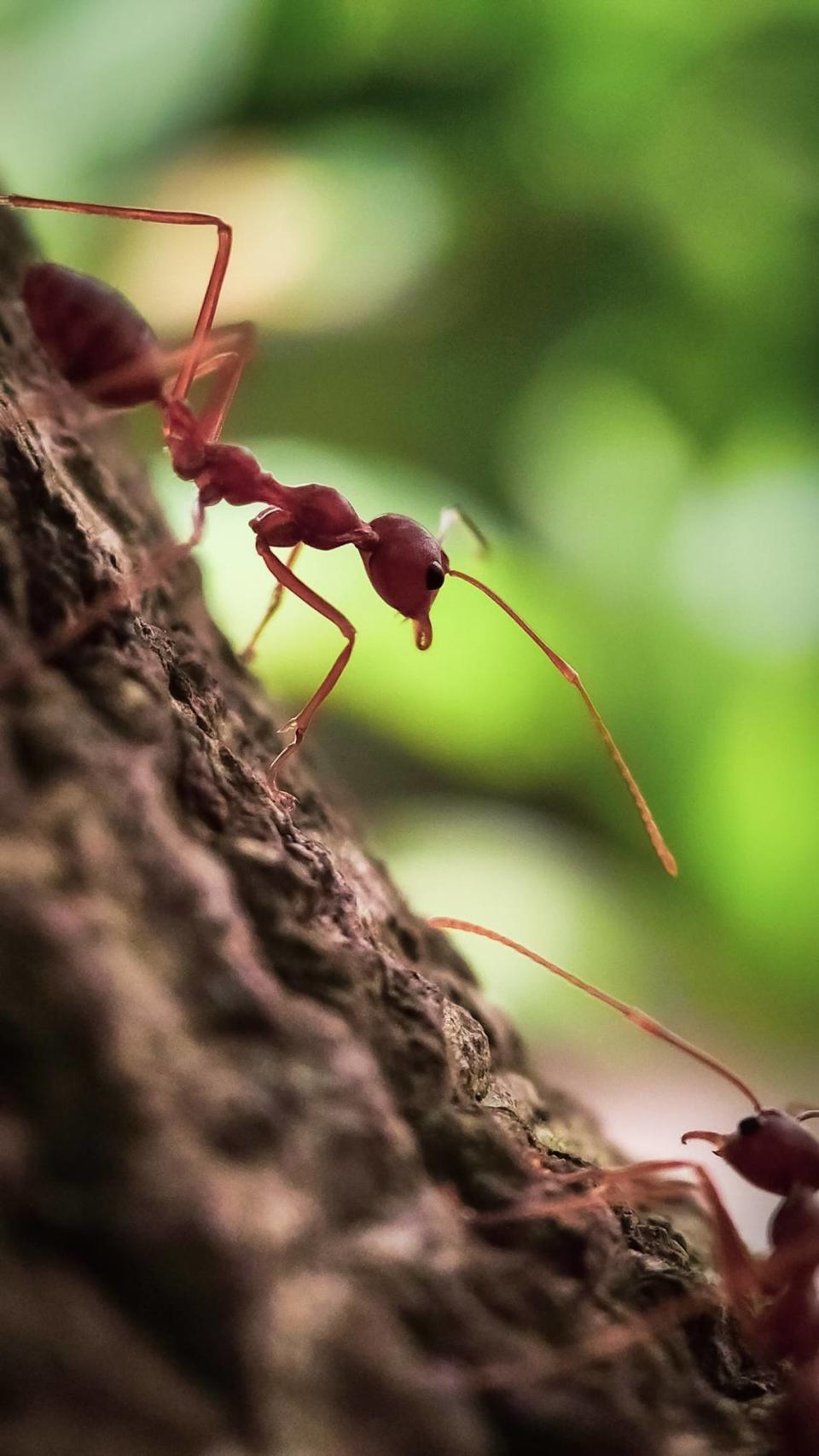Invasive stinging red fire ants love the cool Texas weather. Watch your step
As the fall weather cools things down in North Texas, there’s one thing people need to be weary of: fire ants.
The Lone Star State is home to over 200 ant species, but the one that truly packs a punch is the red imported fire ant, according to Texas Parks and Wildlife Department. These ants produce a stinging and burning sensation with each bite.
The pesky insects are most prevalent in Texas during the spring and fall seasons, according to Texas A&M Agrilife Extension Service. Traveling from yard to yard or finding their way into your home through the smallest of places, fire ants are always on the move.
Here’s what we know about fire ants and how to keep out this red menace:

Are fire ants an invasive species in Texas?
Yes, red fire ants were brought to Texas
The black imported fire ant was accidentally imported from South America into Alabama in 1918, according to Texas A&M Agrilife Extension Service. The red imported fire ant was imported several years later in the 1930’s, spreading across at least nine southeastern states including Texas.
Since the red imported fire ant is an invasive species, they have displaced other fire ant species native to Texas such as “Solenopsis geminata” or tropical fire ants.
Red imported fire ants have a reddish-black color and are highly aggressive when disturbed, according to Texas A&M Agrilife Extension Service.
What’s the best way to prevent fire ants infestation?
There’s a few things every homeowner can do to reduce the presence of fire ants.
The first step is to seal off any entry points in the home to prevent insect invasion, whether that be inside or outside the house. Additionally, maintaining your lawn and trimming greenery such as hedges or shrubs can help keep fire ants away.
Irving-based Gecko Green has a few more tips to prevent fire ant infestation:
Pour boiling hot water into fire ant mounds or hills.
Eliminate leaky pipes or faucets.
Clean up trash or clutter outside the house.
Clean animal feces in and around your yard.
How do you treat a festering fire ant infestation?
If fire ants have already infested the home, it may be time to turn to a professional.
While anyone can purchase fire ant bait or insecticides, its best to leave that level of care to pest control professionals or exterminators. These are the people who can discern what the problem is and how to treat it.
The Texas Department of Agriculture has a website where people can find licensed pest control specialists in their area.
What should you do if bitten by a fire ant?
A fire ant bite hurts, but there are ways to ease the pain.
The initial sting of a fire ant bite will be followed by a burning sensation from the insect’s venom, according to University of California Los Angeles (UCLA) Health. The bite area will quickly become inflamed and itchy red bumps will appear.
As soon as the bite occurs, you should wash the area to prevent infection. Over-the-counter antihistamines, hydrocortisone cream and ice packs can all help with the pain and ease swelling, according to UCLA Health.
In some cases fire ant bites can cause a severe reaction and if you’re experiencing any of these effects, seek medical attention immediately:
Noisy or labored breathing
Excessive sweating
Nausea
Hives or welts
Dizziness
Swelling of face or eyes
Slurred speech
Chest pain

